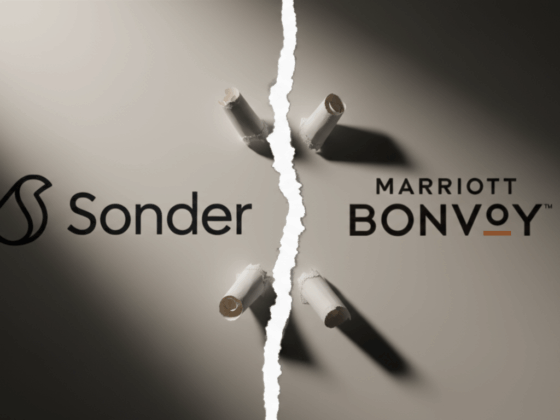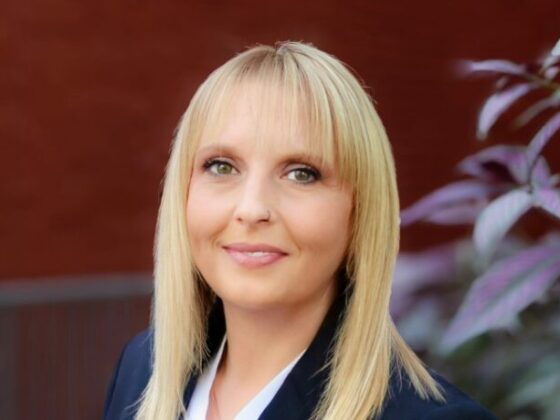
As pandemic-induced “revenge travel” wanes and inflation continues to squeeze travelers’ wallets, many hotels are finding rising operating costs are outpacing revenue growth. The result is a widespread decline in profit margins.
Given these conditions, for hotel owners and operators, focusing on strategies to drive profitability over the near term is critical. In many cases, this requires a culture shift from a revenue-centric approach to a profit-centric one.
The three main objectives to implementing a shift from revenue management to profit management are:
- Incentivizing Profit Over Revenue: Encourage all employees across the organization to consider how strategies to drive revenue impact the bottom line.
- Labor Cost Management: Focus on reallocating resources, cross-training, and making employees more efficient through better resources.
- Total Profit Optimization: Broaden commercial strategies to include all revenue-generating areas and measure flow-through to understand the most “profitable revenue.”
“Standard revenue management won’t be enough. Hotels need to focus on a cross-disciplinary approach to generate demand and methodically measure each strategy,” said Miri Vasilevsky-Pinto, VP of global hotel asset management for CBRE, in a recent report.
Strategies for Optimizing Profitability in the Commercial Department
Implementing a shift towards profit management requires a deep understanding of the correlation between demand, revenue and profit. As such, this culture shift should start with the commercial team and can then extend to all departments, powered by data and insights that will help teams make decisions that drive revenue and improve the bottom line.
Consider a strategy called Total Profit Optimization, which involves broadening the revenue team’s focus to include all revenue-generating areas of the hotel, and optimizing the profitability of each. Take the revenue management learnings from the rooms department and apply it to other revenue-generating areas across your hotels. This will allow you focus on shifting resources to areas of the company that are most profitable and build strategies to increase margins in areas that aren’t.
One example is optimizing your channel distribution mix to drive demand through your most cost-effective channels. By measuring the cost of acquisition for each channel, including OTA commission costs and the fees associated with your own website and marketing efforts, you can ensure that you drive demand to the channels that are most profitable for the business.
Profit Optimization Resources
Powered by accurate data and personalized insights, leaders in areas such as commercial, F&B, spa, golf, and finance will be empowered to make decisions that drive revenue to the bottom line.








